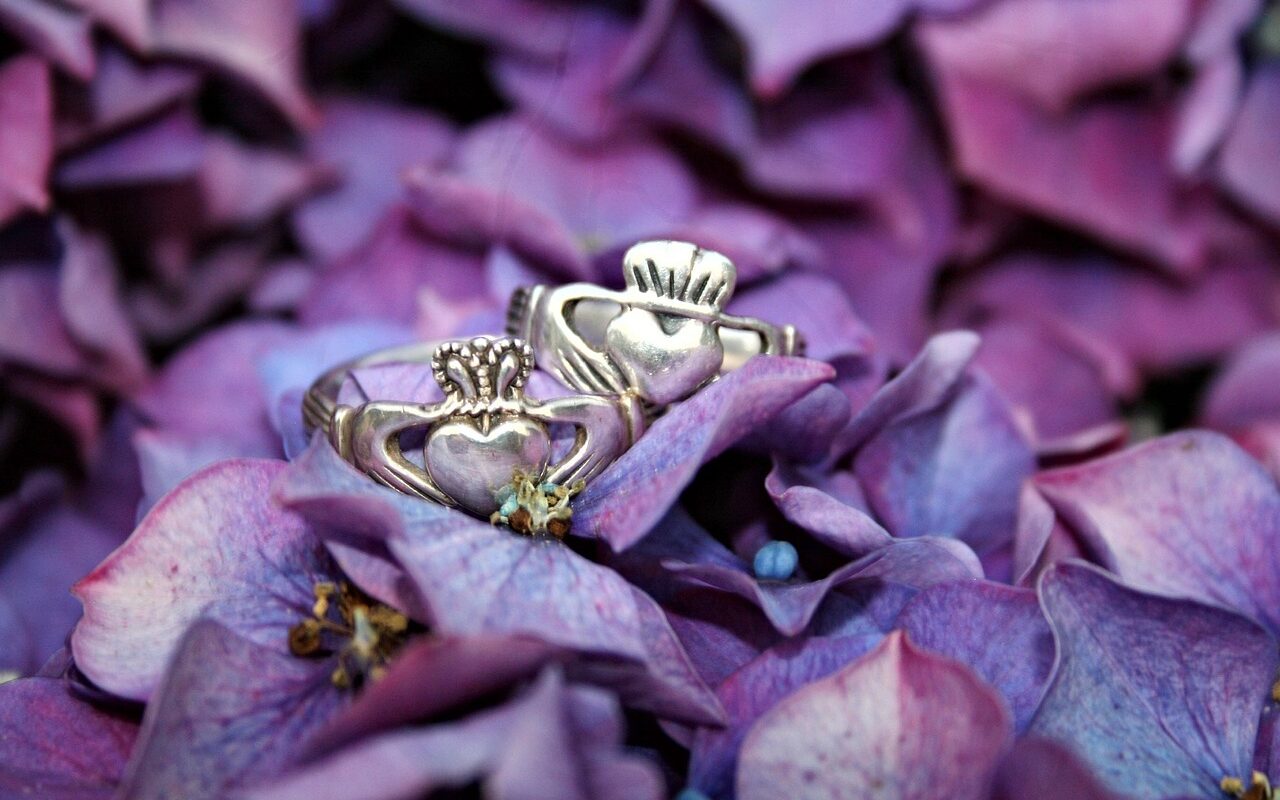The History of Valentine’s Day
As February arrives, hearts begin to flutter, and the air becomes infused with a palpable sense of love and romance. Valentine’s Day, celebrated with fervour across the globe, is a time-honoured tradition that transcends cultures and boundaries. Yet, behind the exchange of cards, flowers, and chocolates lies a rich tapestry of history and folklore waiting to be explored.

History of Valentine’s Day:
St Valentines day traces its origins back to ancient Rome, where the festival of Lupercalia was celebrated in mid-February to honour fertility and the coming of spring which involved sacrificial animals and Roman debauchery.
There were two notable events that transformed this festival into Valentines day, and those are thought to be the time Emperor Claudius II executed two men — both named Valentine — on Feb. 14 of different years in the third century, and the time that Pope Gelasius I muddled things in the fifth century by combining St. Valentine’s Day with Lupercalia to expel the pagan rituals.
It’s also worth noting that around the same time, the Normans celebrated Galatin’s Day. Galatin meant “lover of women” so this could also be related to the namesake.
It’s generally accepted that one of the main reasons for this ritual becoming what it is today is that one of the men that Emperor Claudius II executed was a Roman Catholic priest that was found to be marrying young couples in secret at a time the Emperor had put a ban on marriage for the purpose of conscription. The priest would cut hearts from transcripts and give them to the young married couples as a sign of the importance of love and showing their love in front of God. This martyrdom was honoured by the Catholic Church with the celebration of St. Valentine’s Day. Chaucer and Shakespeare also romanticised the new holiday over the years in their writings, and Hallmark picked up on the idea to make cards for it in the 19th Century.

Why is St. Valentine in Ireland?
I lesser-known fact about Ireland, is that we actually have St. Valentines heart stored in a church in Dublin! Let us explain, so a renowned Irish Carmelite priest, and founder of Whitefriars Church in 1826, Father John Spratt was delivering sermons in Italy and his sermons were so amazing, that Pope Gregory XVI gave him several tokens of thanks, including saintly relics. That was all well and good but what Father John really wanted was the remains of St. Valentine, so he actually convinced the pope to exhume the saint and give his remains to father John’s church in Dublin in 1836. We then hilariously lost it for years, and eventually found it in the 1940s. The heart now sits in a place of prominence, securely locked in a golden box in the church for those curious to visit.
Couples now visit the site on February 14th each year for a “blessing of the rings ceremony”, and hopeful singletons line up to pray to St. Valentine to be blessed with true love.
Irish couples also have a tradition of gifting each other Claddagh rings around this time, Claddagh builds on the tradition of the Roman “Fede” or Medieval “Gimmel” rings, the Irish Claddagh is basically a promise ring. The heart represents love, the hands represent friendship, and the crown represents loyalty.

From its ancient roots in Roman fertility festivals to its Christian associations and romantic renaissance in the Middle Ages, Valentine’s Day has undergone a remarkable transformation. Today, it serves as a cherished opportunity to express love and appreciation for those who hold a special place in our hearts.
If you’d like to visit Ireland to visit St. Valentine’s heart, make your way down to Cork and practice your English with us by contacting us here!
